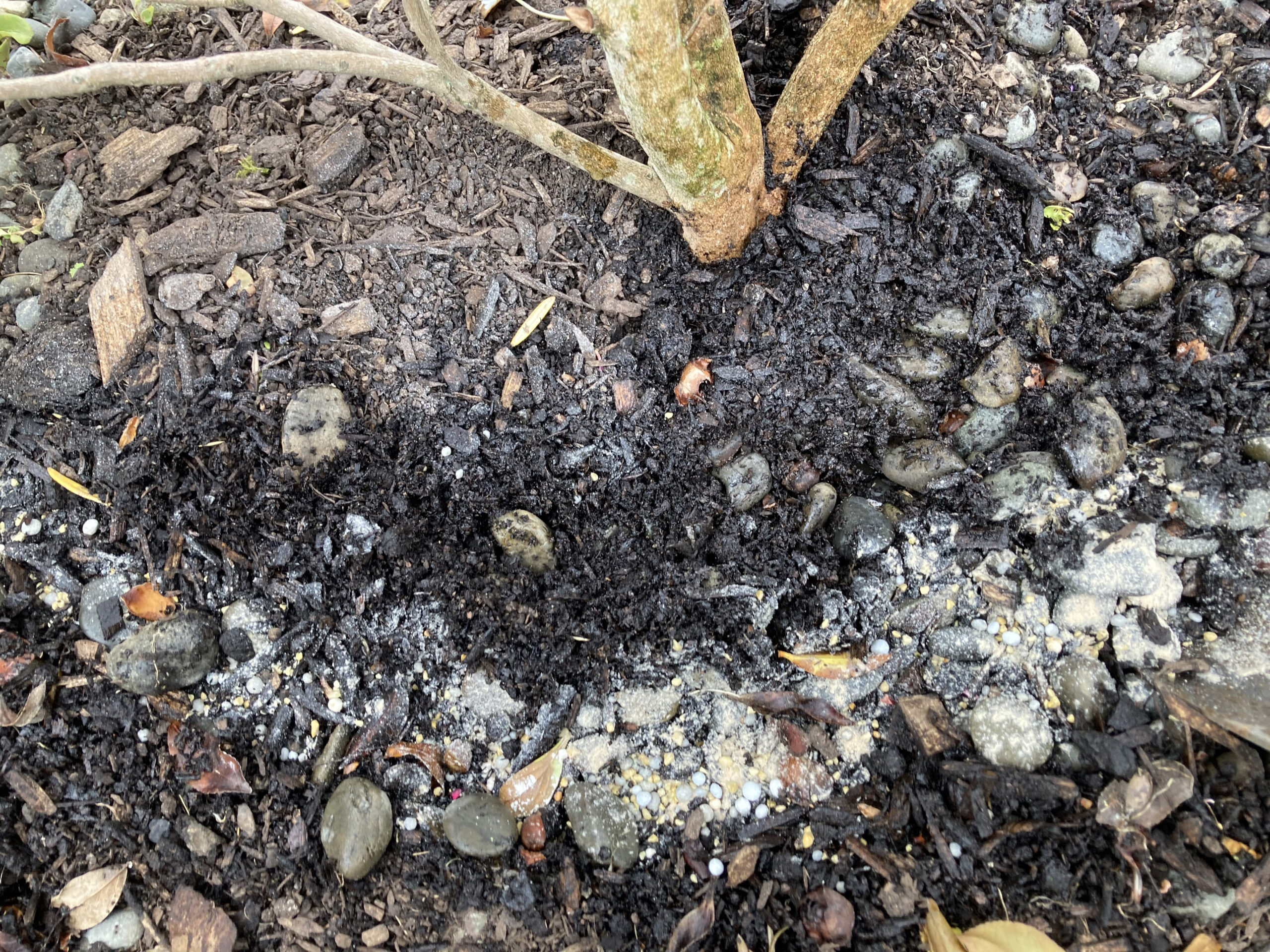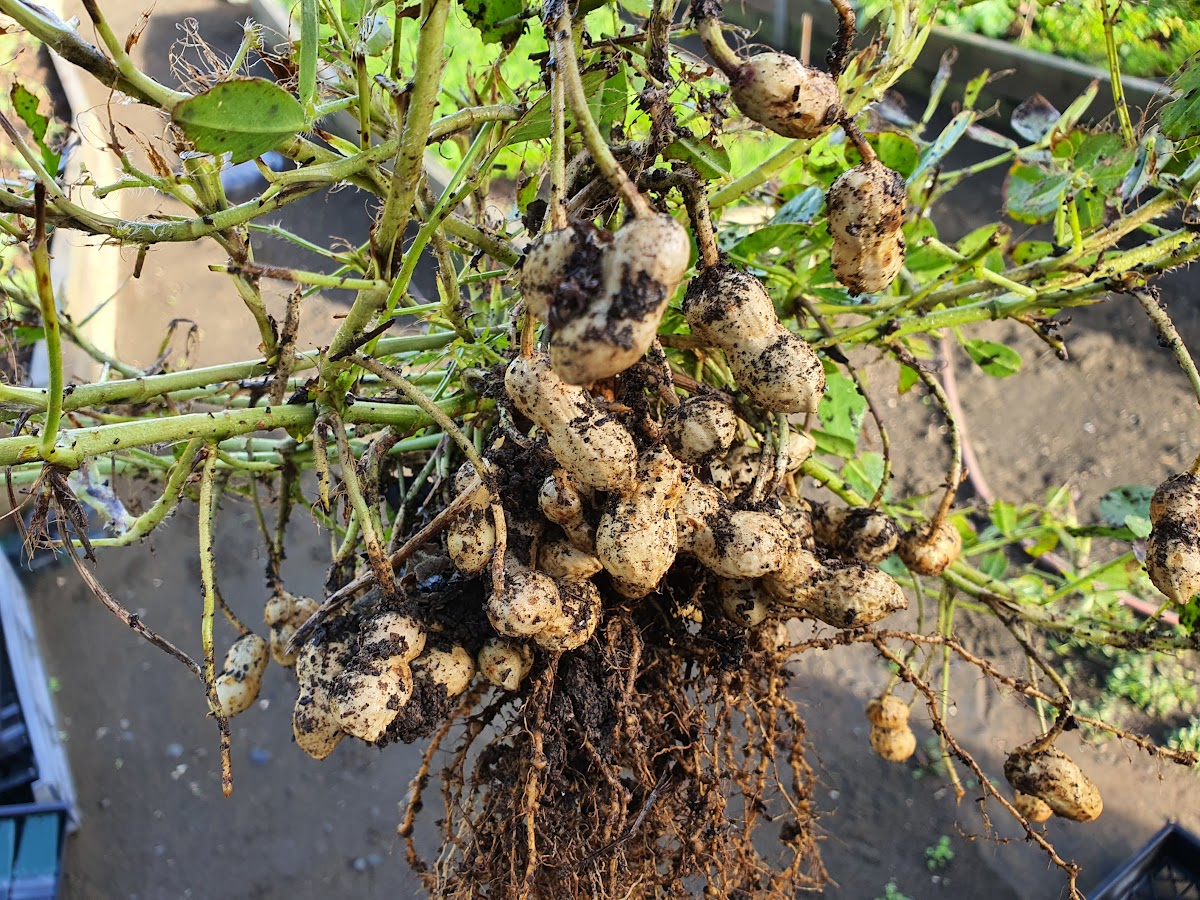

On Shelves Now - Sneak peek!

Turn dull into droll
Discover a novel way to inject colour into the winter garden and get creative with your kids.

Hoya ahoy!
Drape a hoya around your home for the ultimate piece of living art.
Past Articles

Moody Blues
One of our most beautiful, yet vulnerable, natives is a garden favourite.

Untamed... and spectacularly so
Our former editor adventures to Aotea Great Barrier Island’s one-of-a-kind gardening tour and finds she must adapt to island time.

Rejuvenate your soil
After a busy summer feeding edibles or flowers, garden soil needs a recharge.

How to grow peanuts
Grow the nut that grows underground.
Follow us on Facebook
This message is only visible to admins.
Problem displaying Facebook posts. Backup cache in use.
Problem displaying Facebook posts. Backup cache in use.
Error: The user must be an administrator, editor, or moderator of the page in order to impersonate it. If the page business requires Two Factor Authentication, the user also needs to enable Two Factor Authentication.
Type: OAuthException
Type: OAuthException

